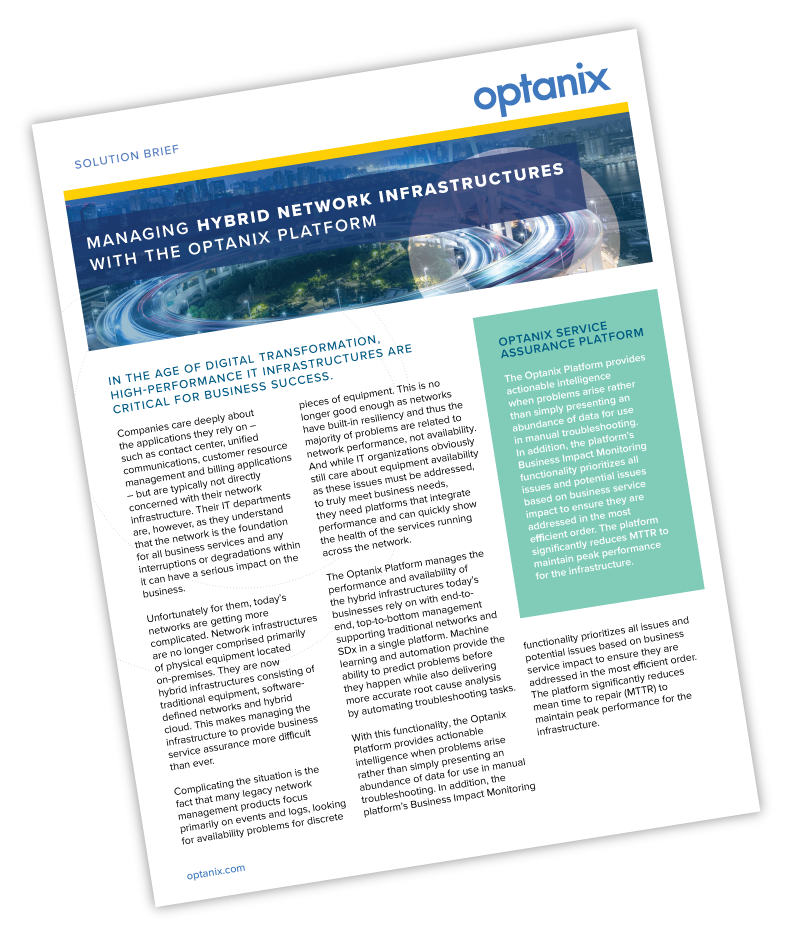
Benefits of Network Virtualization & Potential Disadvantages
Network Function Virtualization (NFV) is viewed as a huge potential catalyst for transforming network operations, with the ability to streamline data collection, make it easier to analyze and improve business-making processes and provide for improved integration with the cloud.
NFV was envisioned as a means to simplify deployment and management for network and telecommunications service providers by way of using virtual communications infrastructure. It’s been shown that NFV has the capability to boost performance, reduce costs and consume less energy than a traditional hardware-based system.
Although the modern concept of network function virtualization first came about at an IT conference in 2012, the roots of virtualization date back to 1960, when virtual memory management was first made possible on mainframes. In fact, although NFV is considered something of a new way of approaching technology, many communication functions are already running in virtualized environments.
Comparing NFV with Traditional Architecture
Operating, installing and maintaining network infrastructure equipment for an enterprise-level organization can be a complex process involving multiple components and moving parts including servers, routers, firewalls, media servers, load balancers and switches.
The problem with these types of intricate, hardware-heavy systems is that in addition to being complex to begin with, they can be inflexible, costly to maintain and highly consumptive of power. Maintaining such environments can also be extremely labor intensive.
What is the Advantage of Virtual Environments?
Service delivery infrastructure is an integral part of how you serve your customers. And by many indications, virtual environments have the capability to provide a superior alternative to traditional delivery infrastructure. NFV and SDN technology make it possible for you to manage your network functions on a general purpose x86 based IT infrastructure, rather than having to use a purpose-built ASIC hardware system.
This provides for a simpler alternative to standard hardware architecture that’s more flexible, consumes less power, makes it easier to test new apps, is lower risk and reduces time to market.
What are the Advantages of NFV?
There are many other potential benefits to implementing NFV as an alternative to standard architecture. These include:
- Lower CAPEX and OPEX
- Increased elasticity in terms of scaling up and scaling down your network
- Increased service agility to support new faster service rollouts
- Improved operational simplicity
- Faster innovation due to a software-governed network that eliminates the need for hardware changes
There are also strong indications that in addition to merely providing capital investment savings, NFV may also be a viable revenue generator.
“While there are still challenges in using NFV to impact service velocity in a significant way, the technology can already enable a new range of service features that will be used to produce revenue,” according to Tom Nolle of CIMI Corporation.
NFV is also helping to streamline the process of data collection, analysis and business decision-making.
What are the Disadvantages of NFV?
NFV is a function of SDN and thus suffers from some of the same limitations. Like SDN, NFV still has some way to go in terms of becoming completely reliable when deployed at the enterprise level. But with the developments already underway, it won’t be long before the reality of NFV catches up with the boldness of the concept behind it.
Some of the other specific challenges facing NFV going forward include:
- Having to coexist in a cloud-integrated hybrid environment with physical devices
- Unlike conventional IT environments, NFV requires managing IT in the abstract
- NFV environments are more dynamic than traditional ones, which might require scaling up with additional features to cope
- NFV also demands a process realignment so that traditional and virtual infrastructure can be managed simultaneously
How Can You Meet the Challenges of NFV?
The transition to network function virtualization is not something that will happen overnight. Legacy networks that are currently in place are likely to remain in place for a period of time. However, as IT professionals and information officers move towards a virtualization model, one of the keys may lie in investing in legacy equipment that could ultimately lend itself to a next-generation network migration by aligning with the demands of the new technologies.
In order to meet the requirements of a transition towards virtualization, architecture must provide:
- Support for dynamic, real-time network and service changes in response to network events
- Separation of network configuration and management of network state
- Support for a modeling approach to network services
- Interworking with network orchestration platforms
- Interworking with SDN controllers
It’s also vital to have a well-planned migration strategy in place before you begin deploying any kind of network virtualization. This can be particularly important for enterprise networks which typically have a substantial base in place. This can make it difficult to replace all existing infrastructure.
One way to mitigate this particular challenge is by creating a hybrid environment in which the virtual networking capabilities are deployed in the areas they will offer the most value or in those areas where the legacy system is most in need of an upgrade.
Looking Forward
While NFV has only been around for a few years, anticipation is high that the concept will become more widely adopted as an alternative to traditional infrastructure in the years to come.
When something goes wrong, it’s important to fix it before it impacts your customers. But as NFV continues to develop and improve, it looks to have the potential to help minimize or eliminate such issues to begin with, improving the digital customer experience as it helps you to cut costs.
Already NFV is helping to transform traditional networks into software programmable domains that are simpler to operate, cost less to maintain and are further fuelling the convergence of IT and telecoms. Ultimately, it is this convergence that really holds the power to revamp network operations as we know them, enabling us to create new services and even new business models.
Ready to solve the operational issues plaguing your network infrastructure?
